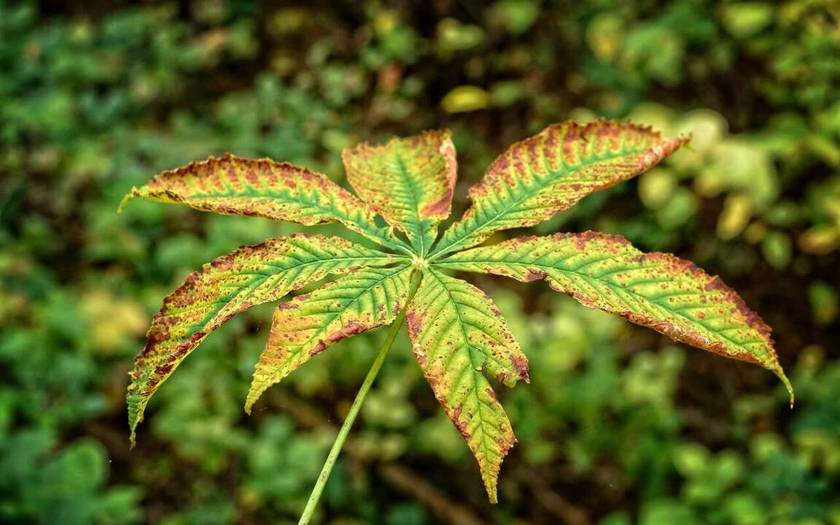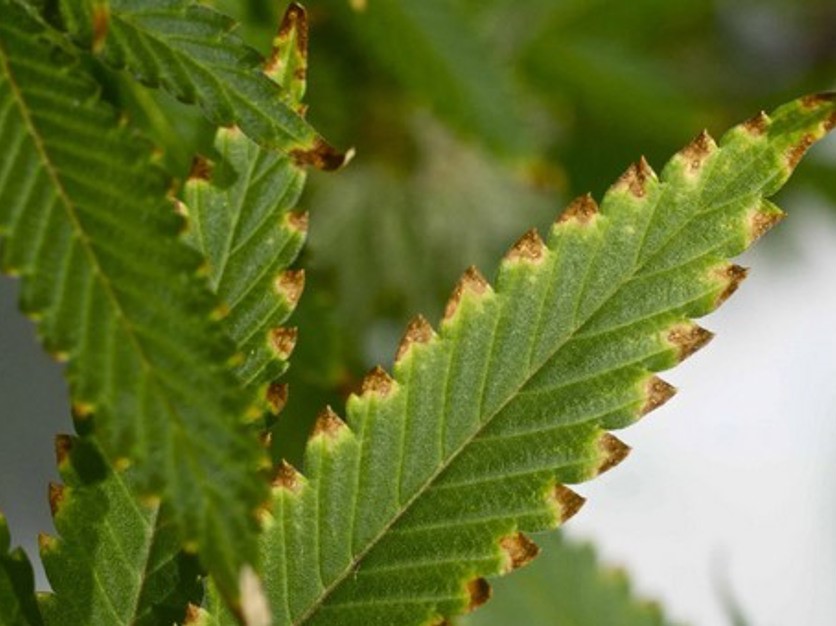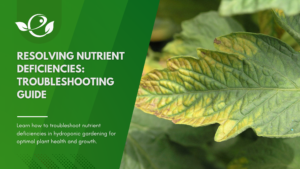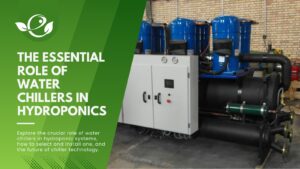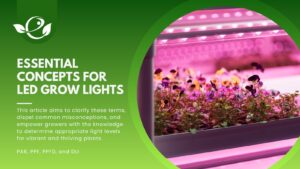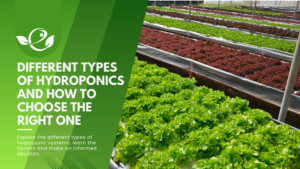Table of Contents
Are you tired of seeing your hydroponic plants struggle to grow, even with all the love and attention you give them? Do you find yourself muttering, “What am I doing wrong?” while staring at the wilted leaves and stunted growth? Well, it might be time to take a closer look at your nutrient solution.
Let’s face it; nutrient solutions can be finicky little beasts, much like the plants they nourish. Even the slightest miscalculation or imbalance can send your hydroponic garden into a tailspin. But don’t worry, troubleshooting nutrient solution problems doesn’t have to be a daunting task.
In this blog post, I’ll take a lighthearted approach to explore the importance of nutrient solutions in hydroponic gardening and provide an overview of the most common problems that can arise. I’ll discuss how nutrient deficiencies and toxicities can make your plants throw a temper tantrum and how to recognize the warning signs before it’s too late.
I’ll also share some helpful tips and tricks on how to troubleshoot nutrient solution problems and maintain a happy and healthy hydroponic garden. From pH adjustments to nutrient balancing, I’ve got you covered.
Whether you’re a seasoned hydroponic gardener or just starting, this blog post will provide you with valuable information on how to troubleshoot nutrient solution problems and help your plants grow to their full potential. So, let’s dive in and discover how to maintain a healthy and balanced nutrient solution in your hydroponic garden.
Identify the Problem in Hydroponic Nutrients Solution
Identifying nutrient solution problems is the first step towards troubleshooting and correcting them. With hydroponics, this process can be a bit more challenging since there is no soil to test for nutrient deficiencies or toxicities. However, there are still ways to determine if your nutrient solution is causing problems for your plants.
Visual symptoms in plants are often the first indicators that something is wrong with the nutrient solution. Yellowing or browning leaves may indicate a nitrogen deficiency, while curled or distorted leaves could be a sign of potassium or magnesium deficiency. Leaf tips that are turning brown can be a sign of phosphorus deficiency. Discolourations or spots on leaves can also be a sign of nutrient deficiency or toxicity.
Testing the pH and EC/TDS levels of your nutrient solution is another way to identify any nutrient problems. pH levels that are too high or low can cause a nutrient lockout, where your plants are unable to absorb essential minerals. EC/TDS levels that are too high or low can lead to nutrient imbalances and toxicities, damaging your plants.
Additionally, observing the health of your roots can provide further clues about nutrient solution problems. Healthy roots are typically white and firm, while unhealthy roots can be brown and rotting. Unhealthy roots can be caused by a lack of oxygen, excess nutrient buildup in the root zone, or improper nutrient concentrations.
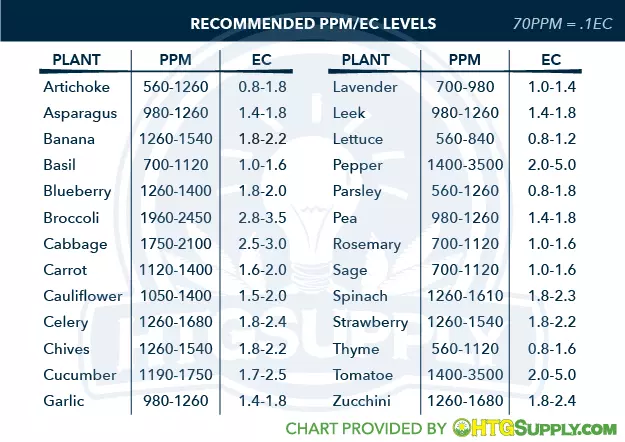
Once you have identified the nutrient solution problem, you can begin to troubleshoot and correct it. Solutions may include adjusting the pH and EC/TDS levels, adding or reducing nutrients, or improving root health through proper aeration or oxygenation. By identifying the issue early and taking appropriate corrective action, you can maintain a healthy and balanced nutrient solution, resulting in vibrant and healthy plants in your hydroponic garden.
Troubleshooting Problems and Effective Solutions
In this section, well explore some of the most common problems in hydroponic nutrient solutions and how to solve them. These problems can occur due to a variety of reasons, such as incorrect nutrient ratios, imbalanced pH levels, or salt buildup in the growing medium. However, with a little knowledge and attention, these problems can be easily remedied.
Nutrient toxicities
First up, nutrient toxicities. Think of it as a kind of overindulgence – too much of a good thing can sometimes be bad. Nutrient toxicities occur when plants receive too much of a particular nutrient. It’s essential to maintain the correct nutrient ratios in the solution because an excess of one nutrient can inhibit the absorption of other essential nutrients. It’s like when you go to a party and eat too much pizza, and suddenly you’re feeling queasy. The same can happen to your plants!
Signs of nutrient toxicity can vary depending on the specific element, but some general symptoms include yellowing of leaves, stunted growth, and wilting.

How to troubleshoot problems:
- Solutions to this problem can include adjusting the nutrient ratios and flushing the growing medium with fresh water.
- To prevent this, it’s essential to maintain the right balance of nutrients in your solution, and regular testing with a pH and EC/TDS meter can help you get there.
Nutrient Deficiencies
Next on the list, is nutrient deficiencies. This is like when you’re feeling sluggish and low on energy because you haven’t eaten enough healthy food. In hydroponics, nutrient deficiencies can occur when plants don’t receive enough of one or more particular nutrients, they start to display symptoms such as yellowing leaves, stunted growth, and reduced yield.
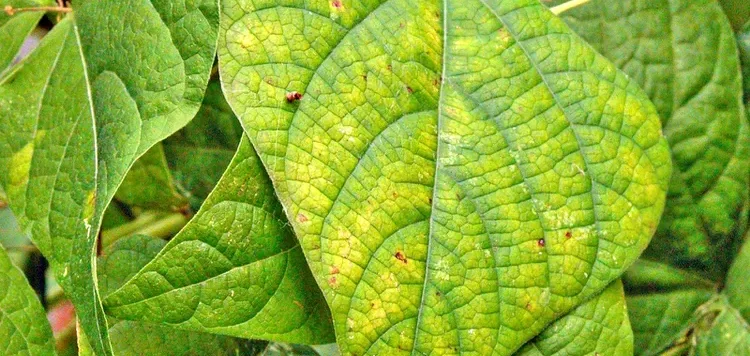
How to troubleshoot problems:
- Solutions to this problem can include adjusting the nutrient ratios, supplementing with additional nutrients, or using a higher-quality nutrient solution.
pH Imbalance
pH imbalances are also a common issue in hydroponic nutrient solutions, and they can affect nutrient availability. An acidic or alkaline pH can make it difficult for plants to absorb the necessary minerals, leading to nutrient deficiencies or toxicities. An acidic pH can cause a nutrient lockout, while an alkaline pH can cause nutrient deficiencies. For example, if the pH level is too low (acidic), the plant will not be able to absorb calcium and magnesium properly, leading to deficiencies of these elements. Conversely, if the pH level is too high (alkaline), the plant may not be able to absorb iron and manganese.

How to troubleshoot problems:
- Solutions to this problem can include adjusting the pH level using pH-up or pH-down solutions or using a pH buffer solution to maintain a consistent pH level.
- To prevent pH imbalances, it’s important to maintain the appropriate pH level in your nutrient solution. The ideal pH range for most plants is between 5.5 and 6.5. If the pH level is too high, you can use a pH-down solution to lower it. If the pH level is too low, you can use a pH-up solution to raise it.
High Water Temperature
In addition to nutrient imbalances, high temperatures can also cause problems for hydroponic growers. When the nutrient solution gets too warm, it can lead to the growth of harmful bacteria and algae. This can affect the pH level and nutrient balance of your solution, which can harm your plants.
How to troubleshoot problems:
To avoid this problem, it’s important to monitor the temperature of your nutrient solution regularly and take steps to keep it cool. This can be done by using a water chiller or by moving your reservoir to a cooler location.
Salt Buildup
Last but not least, salt buildup. Especially if you’re using hard water or high concentrations of nutrients. Salt buildup occurs when excess minerals and nutrients accumulate in the growing medium. Signs of salt buildup include a white crusty substance on the surface of the growing medium or the roots. This is like when you forget to clean your bathtub, and suddenly there’s a layer of grime that just won’t budge. Salt buildup can cause nutrient imbalances and damage to your plants.
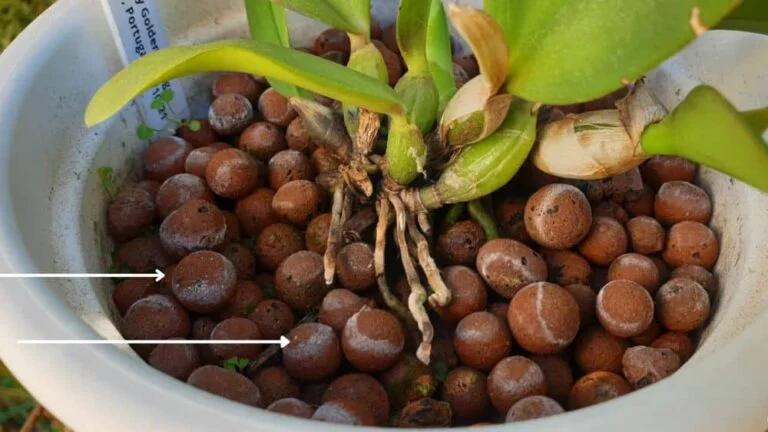
How to troubleshoot problems:
- Solutions to this problem include flushing the growing medium with fresh water to remove any accumulated salts and adjusting the nutrient solution to reduce the amount of mineral buildup.
- To prevent salt buildup, it’s important to flush your system with fresh water regularly.
Other Important Factor
Maintaining a clean and sterile system is equally important to prevent the growth of harmful bacteria or fungi that can cause nutrient solution problems. Organic matter, including dead plant material, should be removed from the growing system regularly to prevent nutrient solution problems. Regularly sterilizing hydroponic equipment, including reservoirs, pumps, and tubing, can help to prevent the growth of harmful microorganisms that can lead to nutrient solution problems.
Maintaining proper air circulation and temperature control in the growing area is also important to prevent nutrient solution problems. High humidity and stagnant air can lead to the growth of harmful microorganisms, while excessive heat can cause nutrient solution problems by accelerating the breakdown of nutrients.
In addition to preventing nutrient solution problems, it’s important to understand the symptoms of nutrient deficiencies and toxicities to diagnose and treat any issues that arise promptly. Monitoring and maintaining proper pH and nutrient levels can help prevent these problems from occurring in the first place.
By now, you should have a good understanding of some of the most common problems in hydroponic nutrient solutions and how to troubleshoot them. Remember, regular monitoring, adjustments, and maintenance of your nutrient solution can help you avoid problems and keep your plants healthy and happy. So go forth, fellow hydroponic gardeners, and grow something amazing!
That’s It!
Thanks for reading this blog on how to troubleshoot problems in hydroponic nutrient solutions! I hope you found it both informative and amusing. Remember, even though nutrient solutions can be finicky, it doesn’t mean you can’t have fun troubleshooting them. Just think of it like solving a mystery with your plants as the detectives.
By identifying and solving nutrient solution problems early on, you can help your hydroponic garden thrive and keep your plants happy and healthy. Whether you’re dealing with nutrient deficiencies, toxicities, or pH imbalances, there’s always a solution. Happy growing!

